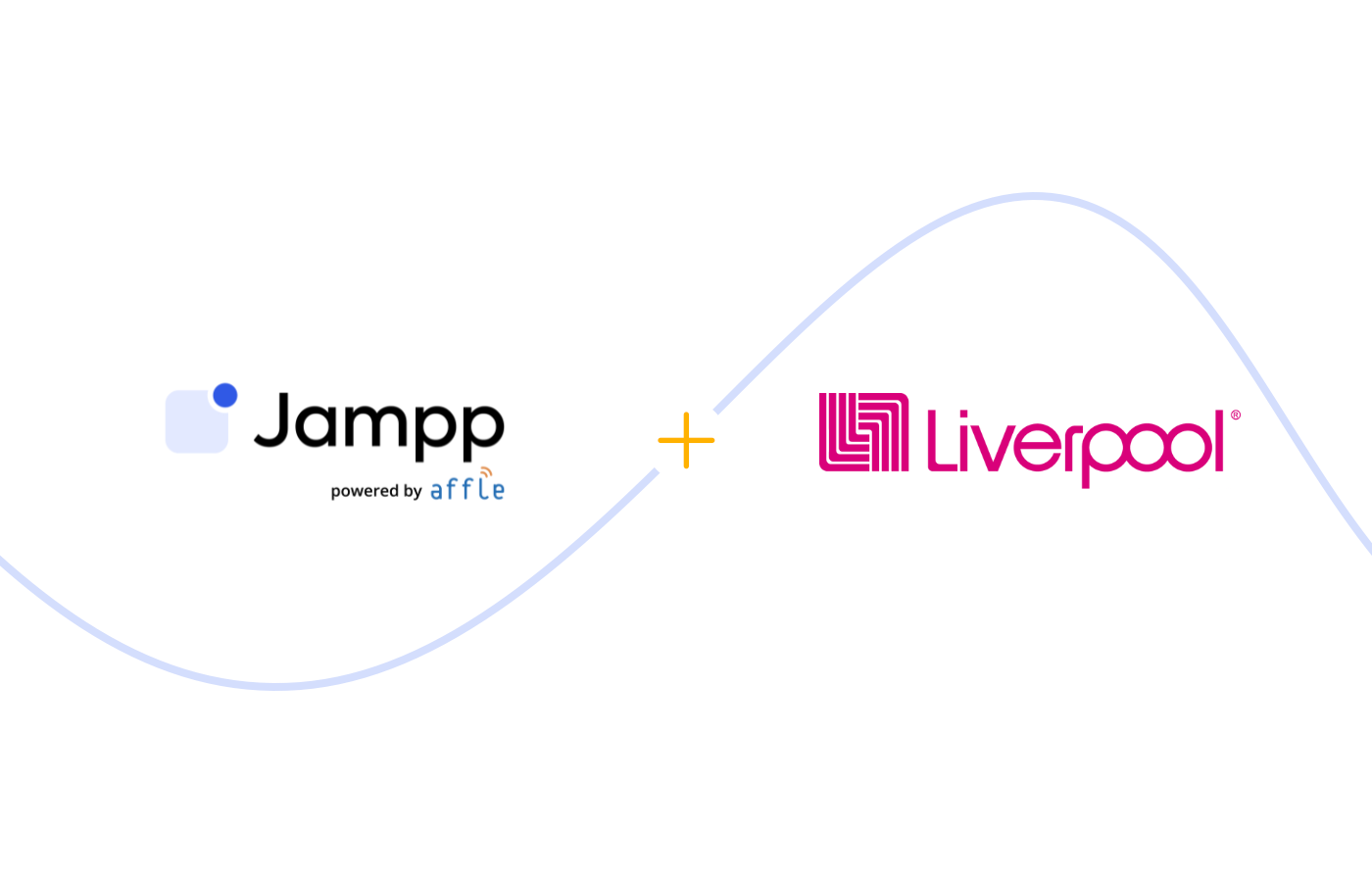Beat’s anti-fraud playbook for display partners
Many companies accept ad fraud as a necessary evil, and trust that working with the right partners will minimize its impact. But working with the right partners is only a part of it.
August 25, 2020

Beat is the fastest growing ride-hailing app in Latin America. The company was founded in 2011 and is part of the FREE NOW group, the ride-hailing joint venture of BMW and Daimler. Beat is currently available in Greece, Peru, Chile, Colombia, Mexico, Argentina, with plans to expand to more cities in Latin America, and has a Tech Innovation and Engineering Hub in The Netherlands.
Earlier this year, Beat made fraud prevention a key priority, establishing new principles and guidelines for all their partners.
In this post, Vitaly Kudryavcev, Senior Digital Media Specialist at Beat, tells us a bit more about implementing an anti-fraud playbook and shares some lessons learned in the process.
Killian: You started the year making fraud prevention a priority. What spurred this on?
Vitaly: Many companies accept ad fraud as a necessary evil, and trust that working with the right partners will minimize its impact. But working with the right partners is only a part of it. There wasn’t a specific incident that spurred this on, but we have been looking at this more closely for a while. We are a quickly growing business in a very competitive vertical, we need to be very efficient in identifying the best opportunities for growth, and ensuring the highest ROAS.
At Beat, we believe that technology can change the world. We work in small, autonomous teams following agile methodologies. Once we identified Fraud as an issue to tackle, we set about making an effective playbook with our trusted partners, to combine analytics and technology into an effective strategy.
This year, we decided to make fraud prevention our number one priority. In line with this, and the transparency requirements we implemented, we switched to 100% programmatic traffic at the beginning of the year.
Killian: What actions are you currently taking on this matter together with your partners?
Vitaly: We’ve implemented different checks across the advertising cycle. We set up rules to flag suspicious traffic through our MMP, defining what we consider to be an acceptable click-to-install time frame, and an acceptable conversion rate threshold.
We work with Singular, and their Fraud Prevention Suite includes both pre-packaged Fraud Prevention Rules and the flexibility to define our own. With Singular’s rules-based fraud prevention, we can automatically apply deterministic rules to block or flag activity that is suspicious for further investigation and we can share this with our partners.
These criteria are compiled in a standardized playbook for all our display partners, which also contains guidelines regarding communication to ensure transparency and proactiveness. By closely collaborating with our partners, we look into suspicious activity in-depth to get a clearer picture of what might be the root of the problem
Additionally, we set incrementality measurement as a requirement; Our partners need to be able to test/ track the incrementality of the campaign, and make sure that we are not cannibalizing organic traffic.
Killian: What aspects or capabilities do you value the most in a partner when it comes to dealing with ad fraud?
Vitaly: Beat works with best-in-class partners and expects that they will constantly keep improving their service and technologies.
In terms of service, we demand transparency and proactiveness, but we also have specific criteria regarding technology. As I mentioned, in line with our anti-fraud initiatives we have made lift measurement a requirement. We really value partners like Jampp that can offer real-time lift analysis to understand the real impact of our campaigns.
On the technology front, we also set guidelines for the creation and testing of ads. Partners are responsible for the creatives that are live on their channel, and must be able to provide data-driven insights to Beat on what works better in terms of performance.
We work with 100% programmatic partners for the transparency and the optimization capabilities that other channels cannot offer.
Killian: What’s one piece of advice/best practice about ad fraud you’d like to share?
Vitaly:
- Educate your team on the matter. Work with your MMP and work with your partners. As performance marketers, we need to be vigilant and proactive in detecting suspicious activity.
- It’s not just about fraud, it’s about performance marketing in general really: measure lift. I think this is really important to truly assess which marketing efforts have impact.
Killian: What do you think are the main misconceptions marketers have when it comes to ad fraud?
Vitaly:
- That there’s no fraud on the well-known networks. Most channels have fraud, and unless you have impression-level transparency, there’s no way for them to be accountable.
- Another common misconception is that CPA campaigns are less risky, as marketers assume that if you are paying for an event on the lower end of the funnel it’s likely to be real. This stems from thinking that a purchase is harder to fake than a click, but fraudsters don’t need to fake the purchase, they could just misattribute it. CPA campaigns are still susceptible to click-spamming or click-injection. This is why, regardless of the price model, we insist on lift-measurement to ensure we don’t cannibalize organics and granular creative insights to see which creative was shown, how it performed, and how it performed in comparison to other ads, which allows us to quickly flag anomalies.
Wrapping Up
At Jampp, we work alongside multiple partners to identify and prevent mobile fraud throughout the advertising cycle. If you have any questions about our product or features, get in touch ✉️
Subscribe to our email newsletter









